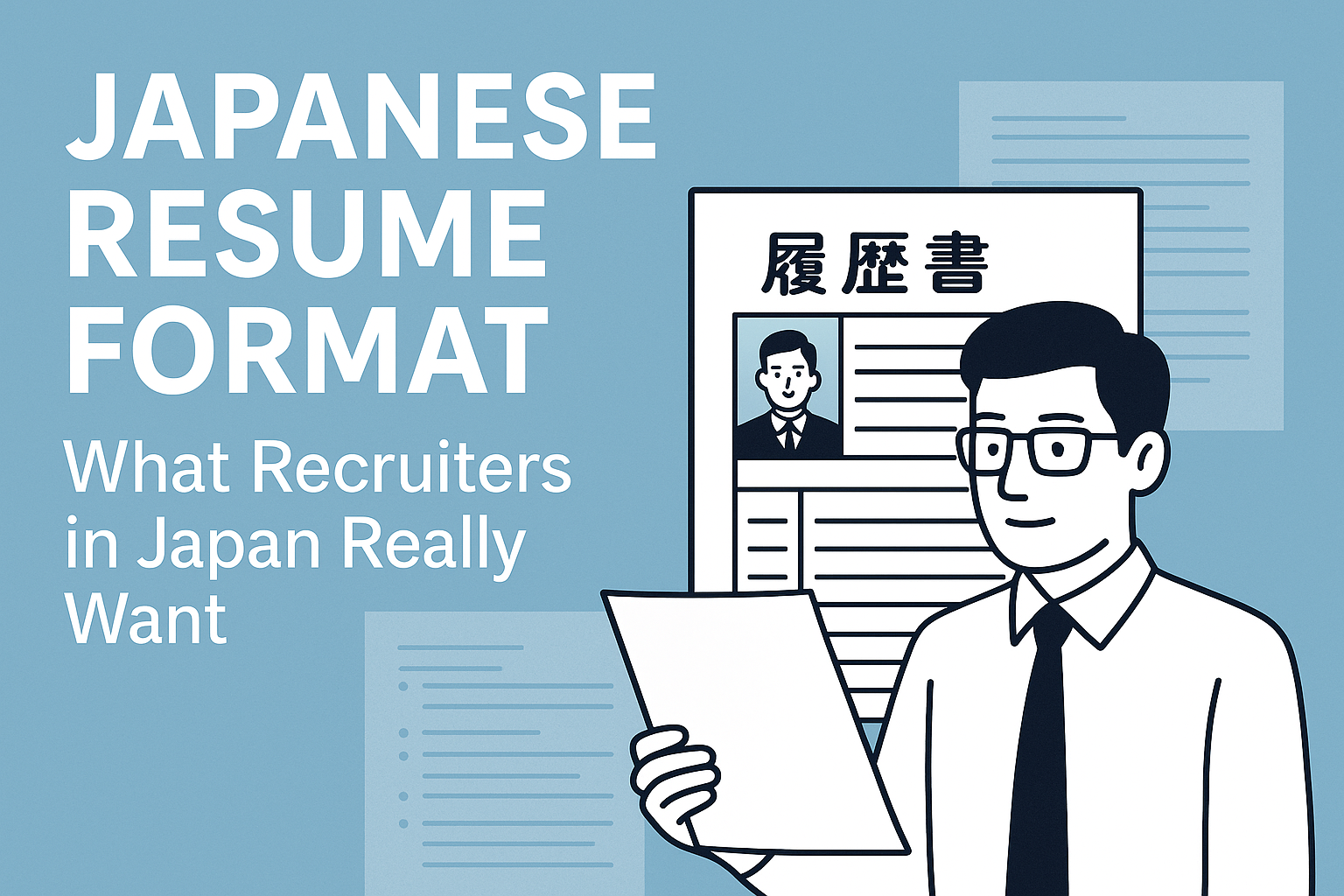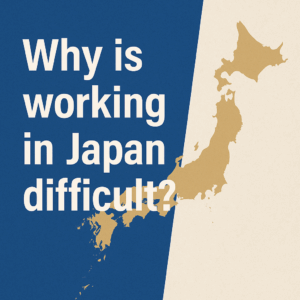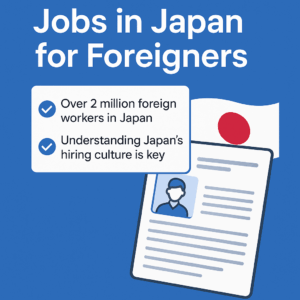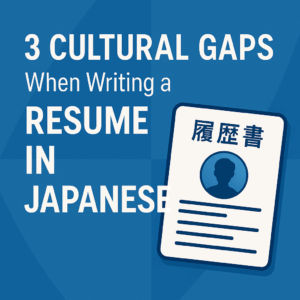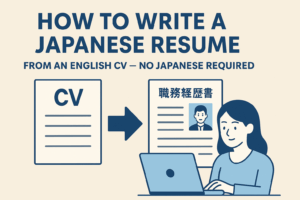Most guides explain how to write a Japanese resume.
But what about how it’s actually read by recruiters?
In this article, we’ll go beyond layout and formatting. You’ll learn how Japanese hiring managers and recruiters interpret both the Rirekisho and Shokumukeirekisho — and what really makes a strong impression, even if you can’t write Japanese yourself.
Japanese Resume Format: A Quick Recap
When applying for jobs in Japan, you’ll typically need to submit two different documents:
Rirekisho: The Standard Resume
A Rirekisho is a formalized resume that lists basic information like your name, date of birth, education, work history, and contact details. Most companies expect a very specific layout — and many provide downloadable templates.
Good news: If you follow the typical format, this document is relatively easy to complete, even if you’re not fluent in Japanese.
Shokumukeirekisho: The Career Summary
Not sure how to actually write your Shokumukeirekisho? 👉This simple guide walks you through it step by step.
This document is more flexible — and much more important for evaluating your skills. It includes your career background, accomplishments, skills, and certifications. This is where many foreigners struggle because:
- The writing style is formal and nuanced
- Japanese HR professionals expect a specific tone and structure
👉 This is where the real challenge lies — and where our Resume Conversion Kit can help.
How Japanese Recruiters Evaluate These Documents
What They Look for in a Rirekisho
- Accurate dates with no gaps in employment
- Educational background matching the job’s level
- Neat formatting and consistent writing
What They Look for in a Shokumukeirekisho
- Clear career progression and logic
- Concrete examples of responsibilities and results
- Japanese-style neutrality and professionalism
Common Pitfalls Foreigners Should Avoid
- Overly casual or emotional writing tone
- Too much self-promotion or “I” statements
- Incorrect format (e.g., using Western-style bullet points only)
Why Writing Style and Tone Matter
Japanese recruiters often expect:
- Objective tone
- Humble phrasing
- Clarity without exaggeration
Even small mistakes in tone can make a candidate seem unprofessional.
This is why simply translating your English CV isn’t enough. The conversion needs to reflect not just the words — but the culture behind them.
Don’t Just Translate — Convert It Professionally
Why Most Online Templates Fail
Many templates don’t meet Japanese expectations. They’re often:
- Poorly translated
- Missing key sections
- Formatted incorrectly
Only have an English CV? 👉Here’s how to convert it into a Japanese resume using AI.
Try the Resume Conversion Kit
Our kit includes:
- A ready-made Word-format Shokumukeirekisho template
- A bilingual AI prompt designed for accurate Japanese writing
- English instructions for easy use
Just paste your English CV into ChatGPT using our prompt, and you’ll get a professionally styled Japanese career history — even if you can’t write a word of Japanese.
👉 Get the Resume Conversion Kit
Final Advice from a Recruiter
If you’re serious about landing a job in Japan, your resume must meet local standards. While the Rirekisho is mostly about format, the Shokumukeirekisho reveals your professional story.
Make sure it speaks to Japanese recruiters — not just in content, but in tone.
✅ Use tools that understand both languages and business cultures.
✅ Make a great first impression — with a resume that works in Japan.
👉 Ready to upgrade your Japanese resume?

